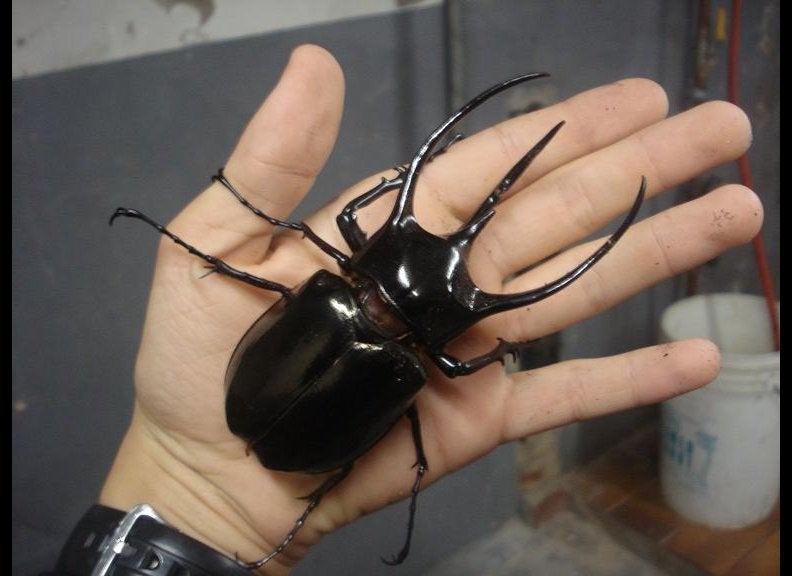Everyone knows that chameleons are the kings of camouflage. But as to the exact process by which these familiar lizards change color to match their environment, no one knew.
Until now.
Previous research suggested that the color change resulted from shifting skin pigments. That's something known to occur in many species of fish, amphibians, and reptiles.
But new research conducted at the University of Geneva in Switzerland suggests that this isn't quite right. When researchers there studied the panther chameleon (Furcifer pardalis), they discovered that the color change is the result of light reflecting off microscopic crystals moving around in the animals' skin. As the crystals change their orientation, so do the wavelengths of light they reflect.
(Story continues below images).
 Color change in an adult male panther chameleon resulting from excitation caused by the presentation of another adult male in its field of vision. (Credit: EpiPhysX science channel/Youtube/Nature Communications)
Color change in an adult male panther chameleon resulting from excitation caused by the presentation of another adult male in its field of vision. (Credit: EpiPhysX science channel/Youtube/Nature Communications)
 Color change is fully reversible, as seen here when an adult male panther chameleon relaxes after combat with another male. (Credit: EpiPhysX science channel/Youtube/Nature Communications)
Color change is fully reversible, as seen here when an adult male panther chameleon relaxes after combat with another male. (Credit: EpiPhysX science channel/Youtube/Nature Communications)
 Color change of an adult male panther chameleon's white skin sample. The inset shows a 10-times magnification of a single cell. (Credit: EpiPhysX science channel/Youtube/Nature Communications)
Color change of an adult male panther chameleon's white skin sample. The inset shows a 10-times magnification of a single cell. (Credit: EpiPhysX science channel/Youtube/Nature Communications)
"We discovered that the animal changes its colors via the active tuning of a lattice of nanocrystals," the study's co-authors, physicist Dr. Jérémie Teyssier and biologist Dr. Suzanne Saenko, said in a written statement. "When the chameleon is calm, the latter are organized into a dense network and reflect the blue wavelengths. In contrast, when excited, it loosens its lattice of nanocrystals, which allows the reflection of other colors, such as yellows or reds."
Next, the researchers hope to study the mechanism that underlies the movement of the nanocrystals. They say this line of research could help engineers develop color-changing materials that could be used for camouflage, Newsweek reported.
The study was published online Mar. 10 in the journal Nature Communications.
